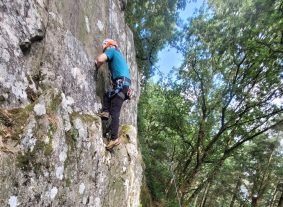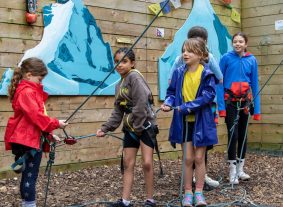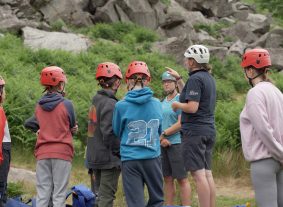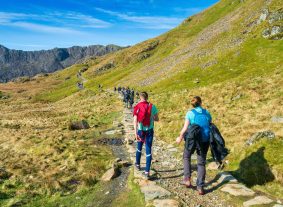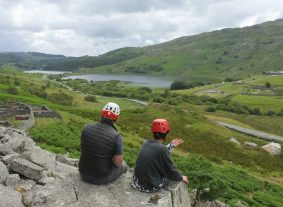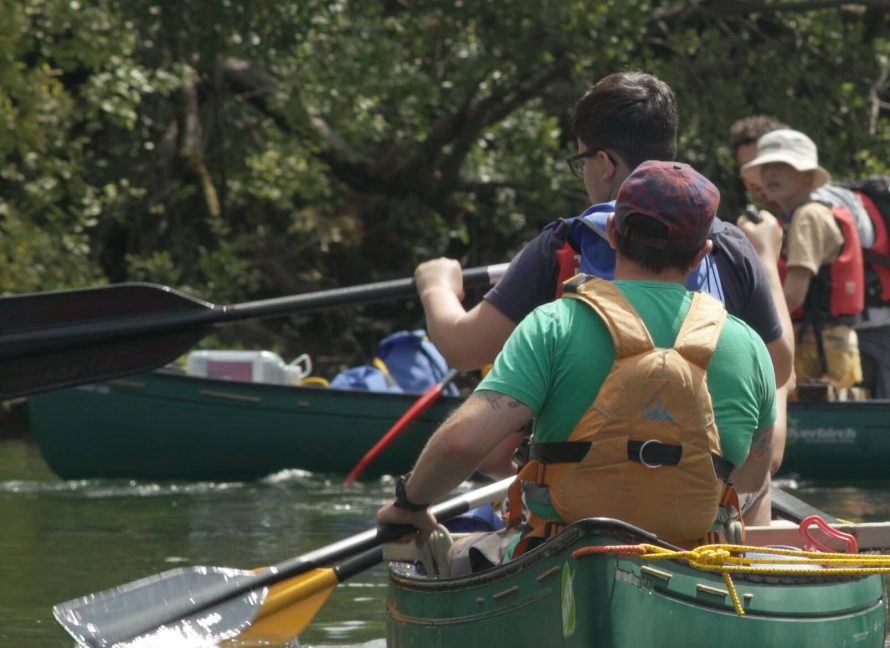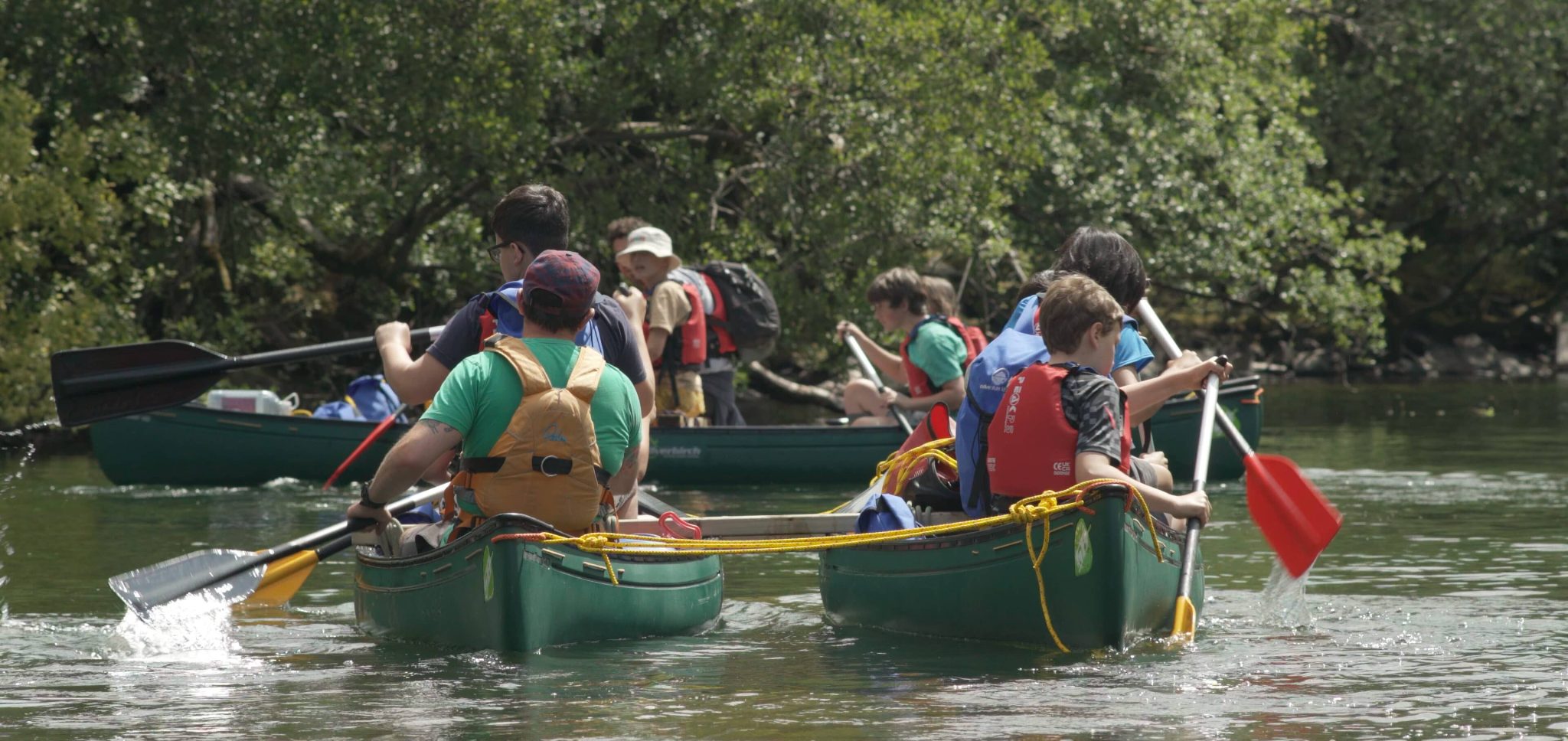Canoeing is an exhilarating outdoor activity that not only offers a fun way to explore nature but also provides numerous physical and mental benefits. As a cornerstone of many outdoor learning centres, canoeing presents a unique opportunity for participants to engage with the environment, develop essential skills, and connect with a significant aspect of human history.
What is Canoeing?
Canoeing involves paddling a small, narrow boat called a canoe, using a single-bladed paddle. The activity can be enjoyed on various water bodies, including rivers, lakes, and even the ocean. Canoeing can range from a peaceful paddle on calm waters to an adrenaline-pumping adventure through rapids.
The History of Canoeing
Canoeing has deep historical roots, dating back thousands of years. Indigenous peoples across the world, including Native Americans, Polynesians, and early Europeans, crafted canoes from natural materials such as wood and bark. These early canoes were essential for transportation, trade, fishing, and exploration. The designs varied based on regional resources and the specific needs of the users, but all shared the fundamental purpose of providing a means to navigate waterways.
The Importance of Canoeing for Our Ancestors
For our ancestors, canoeing was not just a recreational activity; it was a vital part of daily life. Canoes allowed them to:
- Travel and Explore: Canoes enabled the exploration of new territories, fostering trade and cultural exchanges between distant communities.
- Transport Goods: Efficient and capable of carrying heavy loads, canoes were crucial for transporting goods and resources.
- Fish and Hunt: Many communities relied on canoes for fishing and hunting, providing a sustainable source of food.
- Connect Communities: Waterways acted as natural highways, and canoes facilitated communication and collaboration between different groups.
Skills Involved in Canoeing
Canoeing requires a blend of physical and mental skills, making it an excellent activity for outdoor learning. Key skills include:
- Paddling Techniques: Learning how to paddle efficiently, including different strokes such as the forward stroke, J-stroke, and draw stroke.
- Navigation: Understanding how to read water currents, recognize landmarks, and use maps for route planning.
- Balance and Coordination: Maintaining stability in the canoe while paddling and manoeuvring through various water conditions.
- Teamwork and Communication: Coordinating with fellow paddlers, especially in tandem canoes, to ensure smooth and effective movement.
- Safety Practices: Knowing how to respond to emergencies, including capsizing and rescue techniques.
Benefits of Canoeing as an Outdoor Learning Activity
Incorporating canoeing into outdoor learning programmes offers a multitude of benefits:
- Physical Fitness: Canoeing is a full-body workout that improves cardiovascular health, strength, and endurance.
- Mental Well-being: Being on the water has a calming effect, reducing stress and promoting mindfulness.
- Connection with Nature: Canoeing fosters a deep appreciation for natural environments, encouraging conservation and environmental stewardship.
- Skill Development: Participants learn practical skills that enhance problem-solving, critical thinking, and decision-making abilities.
- Social Interaction: Working together in a canoe promotes teamwork, communication, and the development of strong interpersonal relationships.
Canoeing is much more than a recreational activity; it is a gateway to understanding our past, developing essential life skills, and fostering a profound connection with nature. At outdoor learning centres, canoeing serves as a powerful tool for education and personal growth. Whether you are a seasoned paddler or a beginner, the experience of gliding through water in a canoe is one that enriches the body, mind, and soul. Embrace the adventure, and let the water guide you on a journey of discovery and learning.
